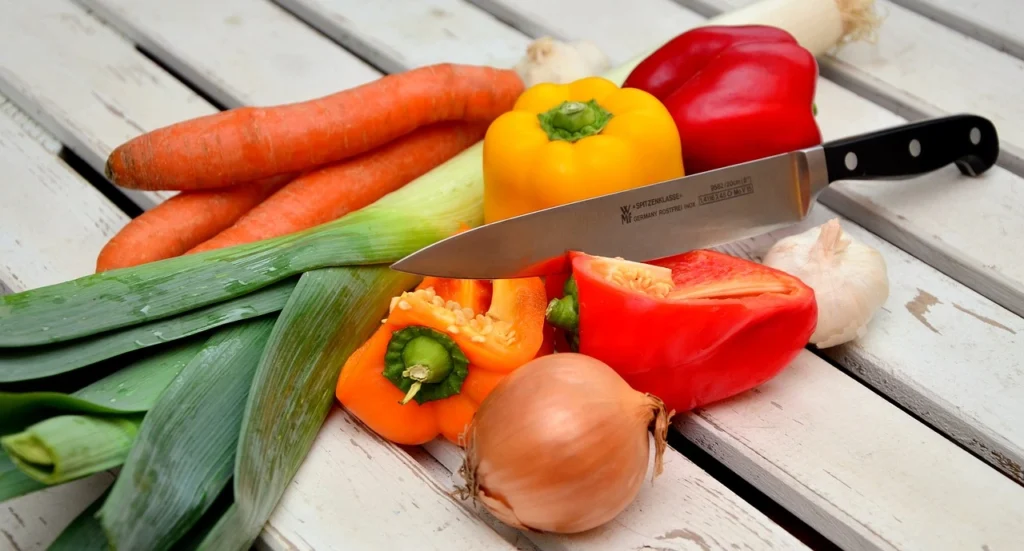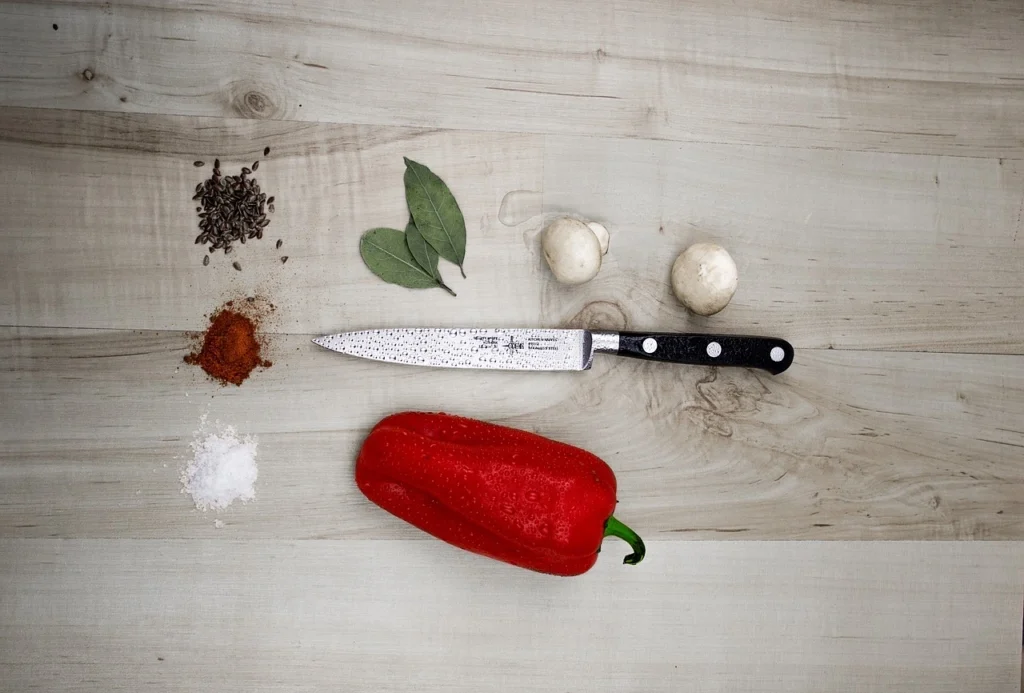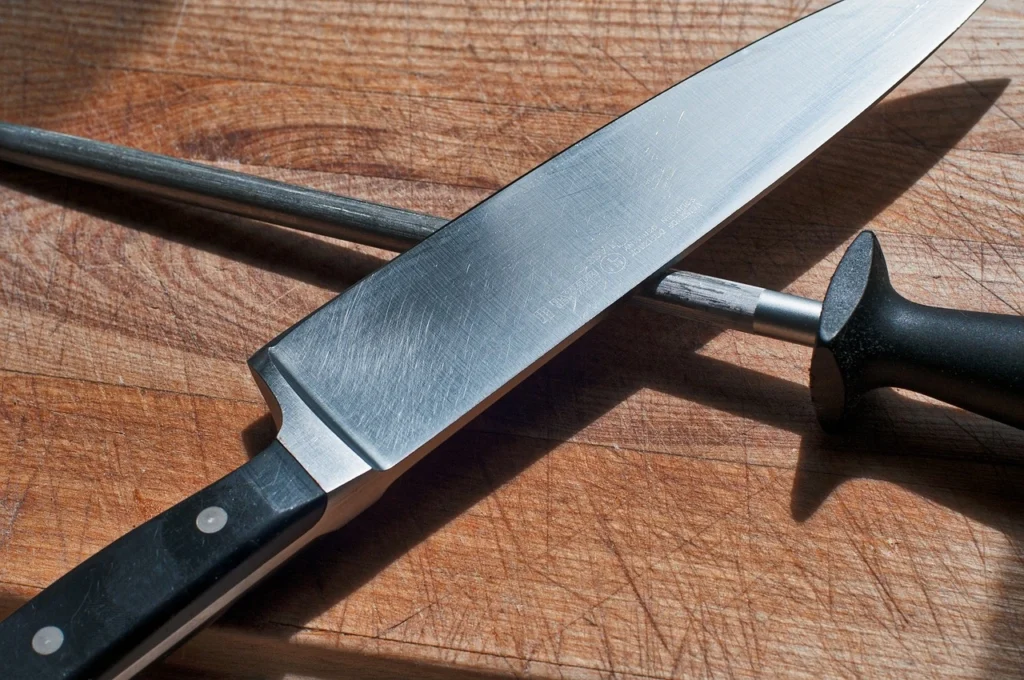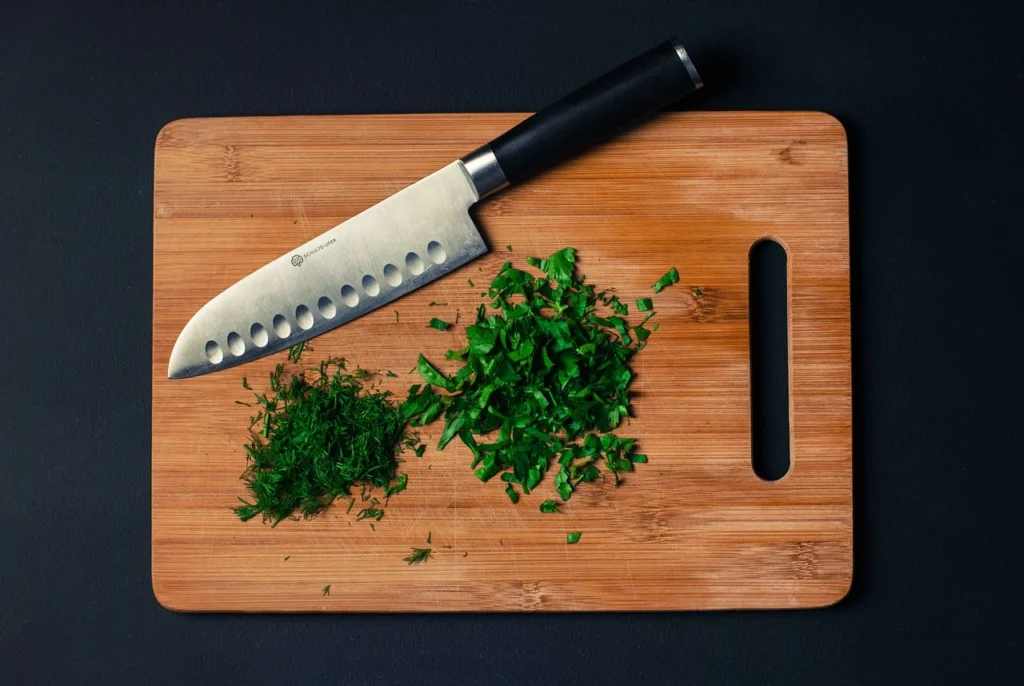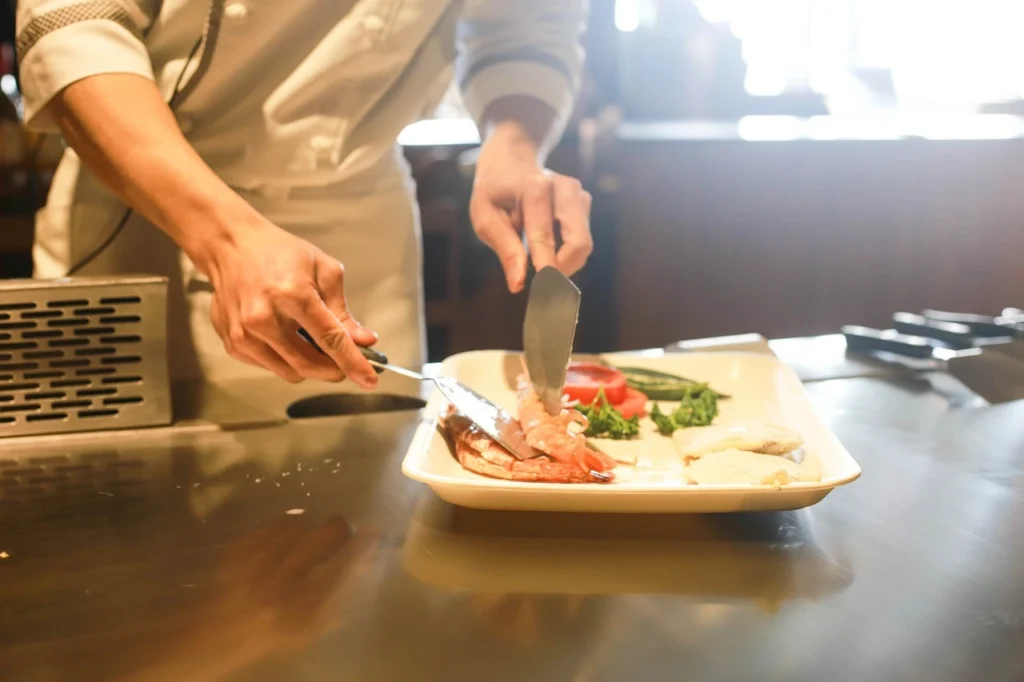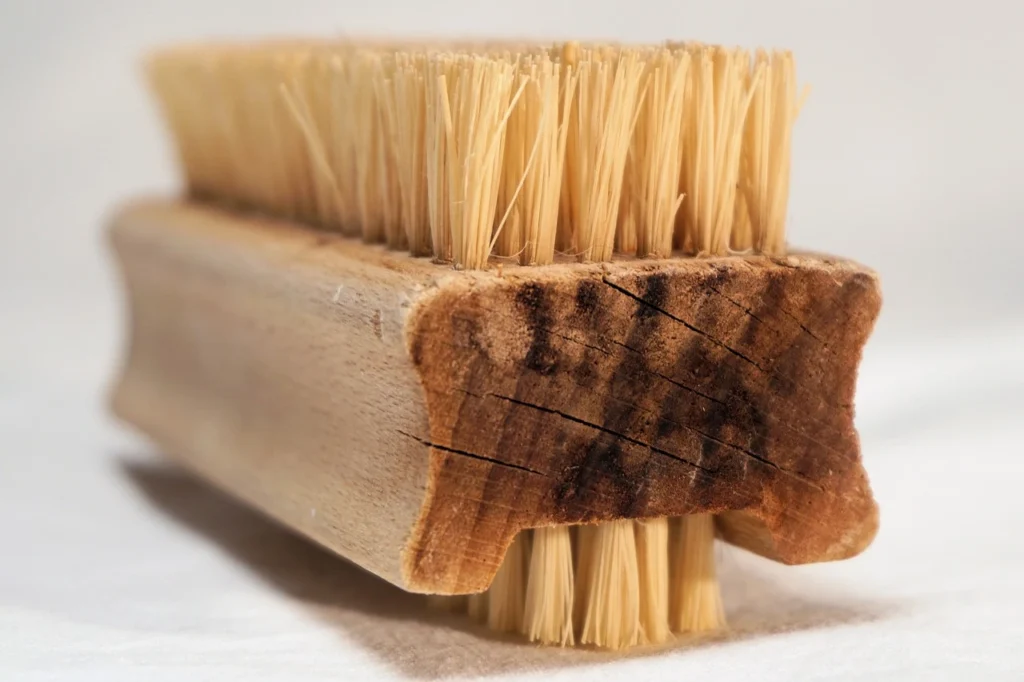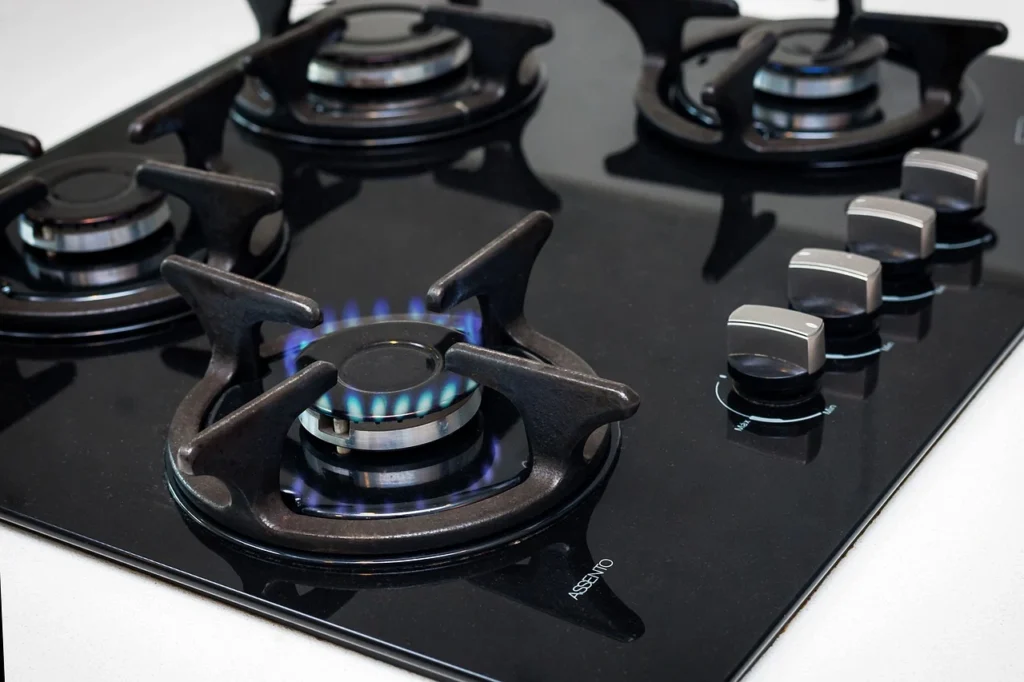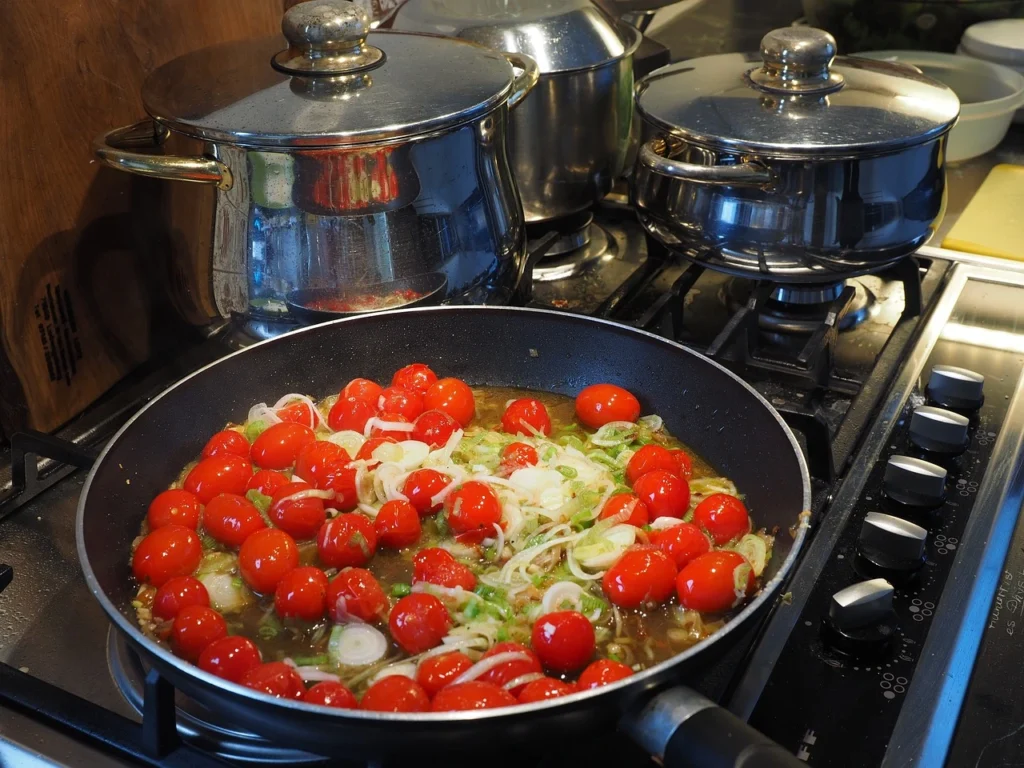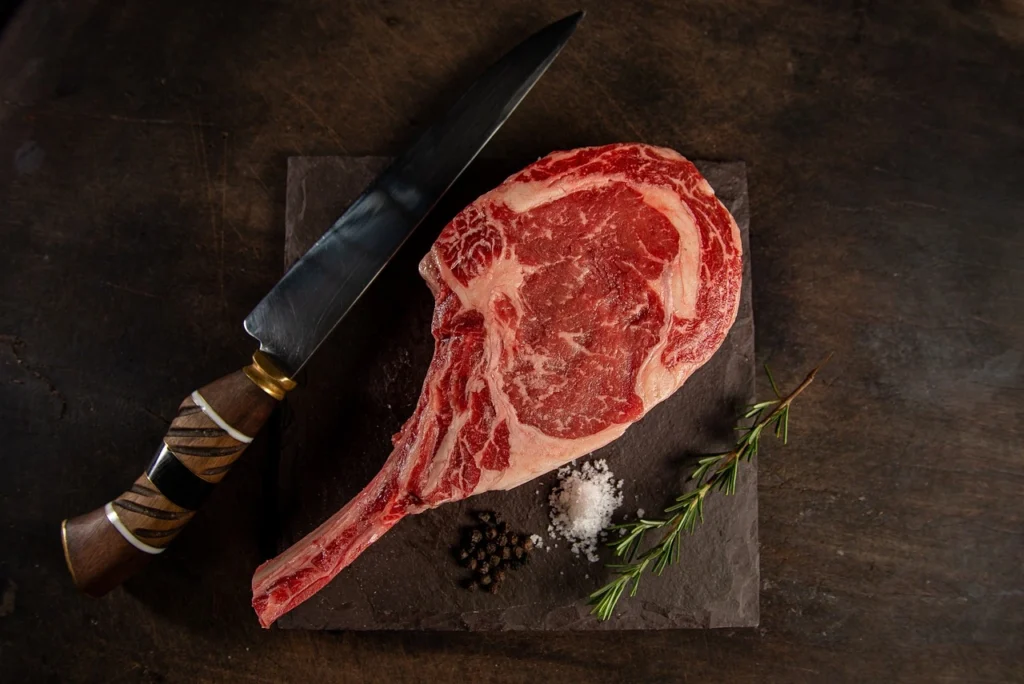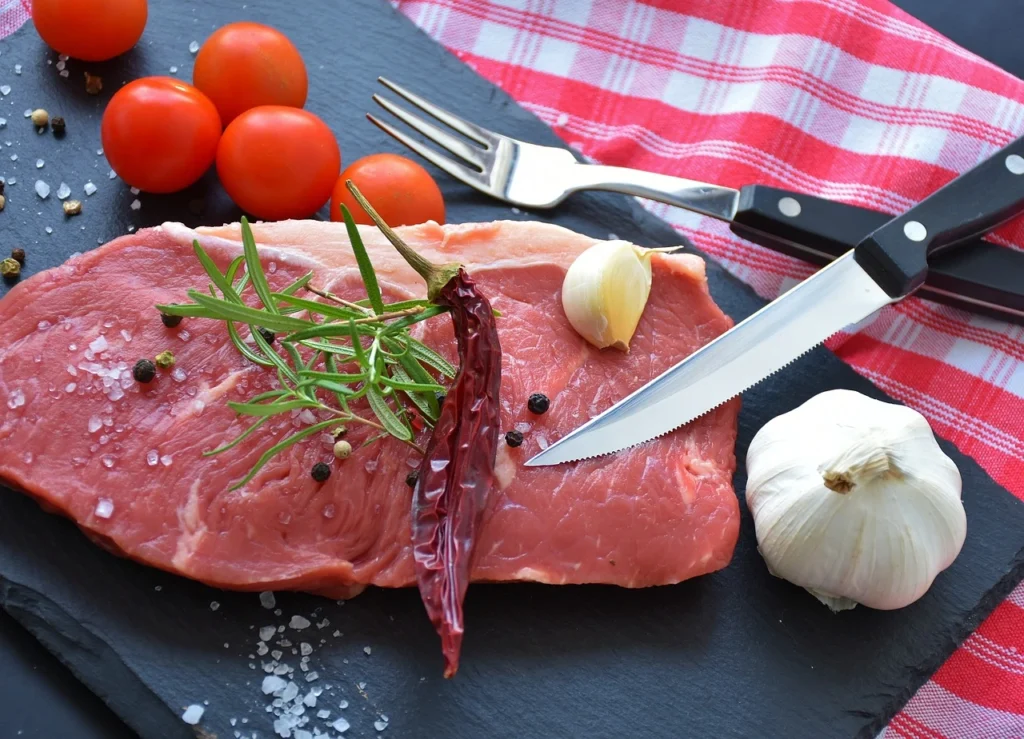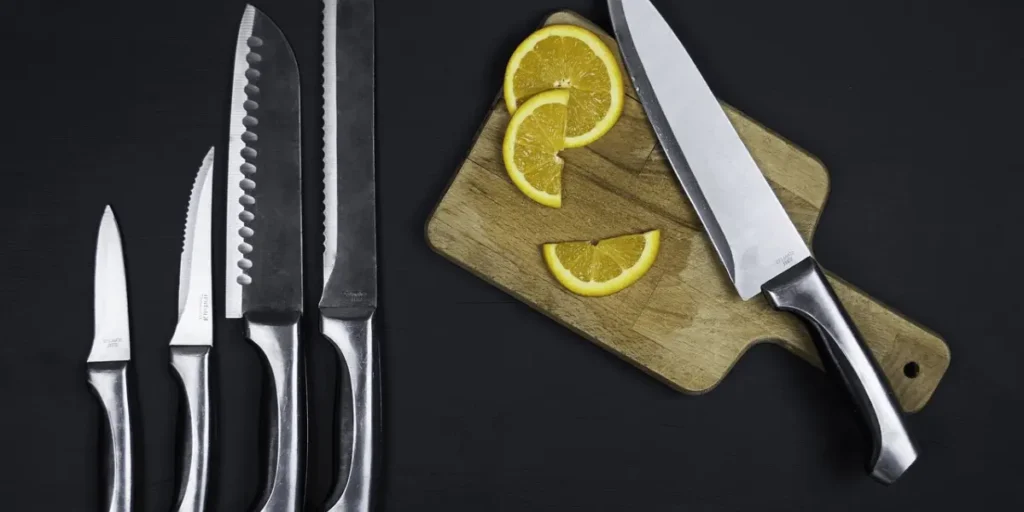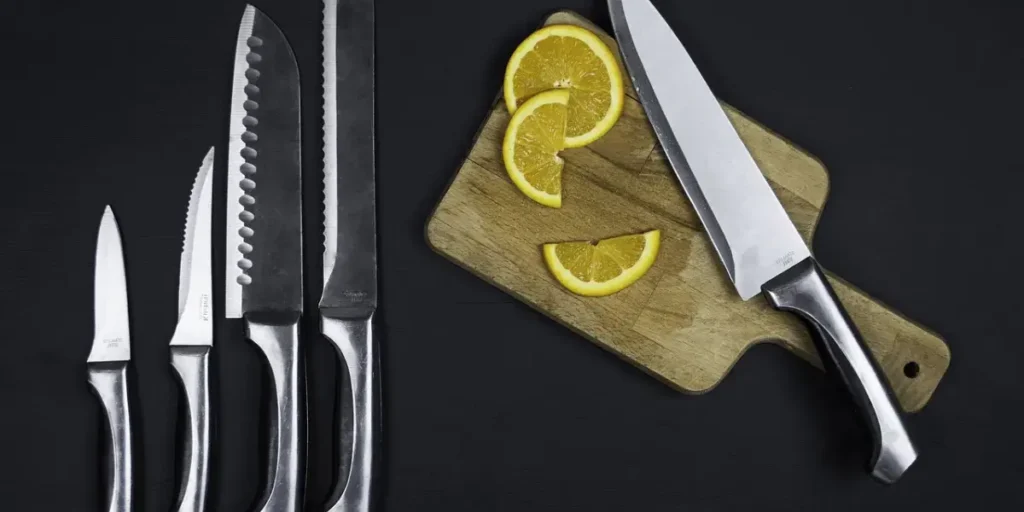Types of Knife Sharpeners: Best Guide to Choosing the Right One, 2024
Maintaining your kitchen knives sharp is important as a way of cooking safely and effectively. With so many options on the market, it can be challenging to know which sharpener will meet your needs best.
In this article, we'll explore the 10 main types of knife sharpeners, explaining how each one works and the benefits it offers.
10 Best Types of Knife Sharpeners
Here are the best types.
1. Whetstones (Sharpening Stones)
One of the most traditional is the whetstone, also known as a sharpening stone. Whetstones are blocks made from abrasive materials like ceramic or natural stone and they help chefs improve and sharpen their knife skills.
To use a whetstone, you apply a thin layer of water or oil to the stone, then grind the knife edge against it at a consistent angle. This type of sharpener offers exceptional control and can restore even the dullest blades to a razor-sharp finish. However, it does require some practice to achieve optimal results.
2. Electric Knife Sharpeners
For those who prefer a more automated approach, electric knife sharpeners are a popular option among the types of knife sharpeners. These sharpeners use motorized abrasive wheels to sharpen the knife as you guide it through various slots.
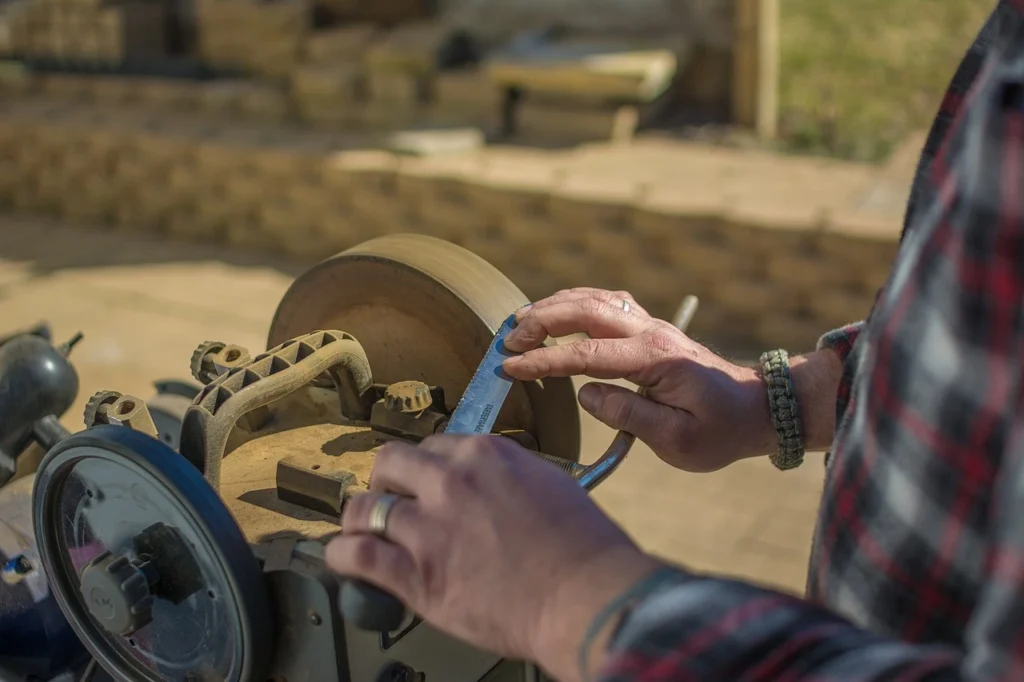
Types of Knife Sharpeners-Best Guide to Choosing the Right One.
Most electric sharpeners offer multiple stages, from coarse grinding to fine honing, allowing you to customize the sharpness level. They’re convenient and quick, making them ideal for those with little sharpening experience.
3. Manual Pull-Through Sharpeners
Manual pull-through sharpeners are one of the easiest types of knife sharpeners to use. These devices typically feature two or three sharpening stages, where you pull the blade through slots containing different abrasive materials.
While they may not provide the precision of a whetstone, they’re excellent for quick touch-ups and easy to use, even for beginners.
4. Honing Rods (Sharpening Steel)
Many people assume that honing rods also called sharpening steel, are one of the best, but technically, they’re used to hone rather than sharpen.
Honing rods align the edge of the blade without removing any metal, which helps maintain sharpness between sharpenings. They’re ideal for regular use, especially with high-quality chef’s knives, to keep the edge aligned and ready to cut.
5. Ceramic Sharpeners
Ceramic sharpeners are specialised sharpeners that use a fine ceramic abrasive to hone the blade. Ceramic sharpeners are gentler than many other options, making them ideal for knives with delicate edges.
They’re also effective at removing burrs and providing a fine finish, though they may not be as effective on extremely dull blades.
6. Diamond Sharpeners
Among the types of knife sharpeners, diamond sharpeners stand out for their efficiency and durability. These sharpeners use diamond-coated surfaces, which provide a highly abrasive, fast-cutting edge that can quickly restore sharpness to a dull knife.
Diamond sharpeners are available in various forms, including handheld models, whetstones, and even electric sharpeners. They’re excellent for knives made from hard steel or ceramic, as they can handle these tough materials with ease.
7. Sharpening Systems
Sharpening systems are one of the more advanced offering a guided sharpening experience for precise results. These systems consist of an adjustable frame that holds both the knife and the sharpening stones at a specific angle, ensuring consistent contact with the blade.

Sharpening Systems
Sharpening systems are a favourite among professionals who require exact precision, as they allow for perfect angle control and even sharpening.
8. Water Stones
Similar to traditional whetstones, water stones are specific sharpeners that use water as a lubricant rather than oil. These stones offer different grit levels, from coarse to ultra-fine, allowing for a multi-step sharpening process.
Water stones are highly effective at creating a polished, razor-sharp edge and are often preferred by professional chefs and serious home cooks for their quality results.
9. Pocket Knife Sharpeners
Pocket knife sharpeners are compact types of knife sharpeners designed for portability. These small sharpeners are typically foldable or designed as small blocks with abrasive materials embedded in them. They are not intended for intensive sharpening but are ideal for quick touch-ups while on the go.
Pocket sharpeners are often used by campers, hunters, and anyone who needs a quick sharpening solution in outdoor settings.
10. Knife Sharpening Belts
For a more industrial approach, knife sharpening belts are among the most robust. These sharpeners use a motorised belt covered in abrasive material to grind and polish the blade.
They’re commonly used in professional kitchens and by knife makers, as they can handle heavy-duty sharpening tasks with speed and precision. However, they require more skill to use safely and are generally recommended for experienced users.
Why Knife Sharpeners Matter
A sharp knife is essential in any kitchen, providing better control, precision, cut and safety. Dull knives are more likely to slip, causing accidental cuts, while a sharp knife lets you handle delicate ingredients with ease.
Whether you’re an amateur home cook or a professional chef, understanding the various types available will help you maintain your knives properly and extend their lifespan.
How to Choose the Right Type of Knife Sharpener
When deciding between the types of knife sharpeners, consider your knife’s material, your experience level, and how frequently you use your knives. For example, a whetstone might be ideal for those with time and skill, while an electric sharpener may be better for a quick and easy solution.
Additionally, consider the hardness of your knife. Harder knives often respond better to diamond sharpeners and water stones, while softer knives can be effectively sharpened with manual pull-through sharpeners or ceramic sharpeners.
Maintenance Tips for Different Types of Knife Sharpeners
Proper maintenance of your chosen sharpeners will extend their lifespan and ensure they work effectively. For example, whetstones and water stones should be cleaned and dried after each use to avoid wear.
Electric sharpeners may require regular cleaning of the abrasive surfaces, while honing rods and diamond sharpeners can be wiped down with a damp cloth.
Keeping your knife sharpeners in good condition will ensure they provide consistent results, no matter what type you choose.
Why Having Multiple Types of Knife Sharpeners is Beneficial
It’s not uncommon for chefs and serious home cooks to have multiple knife sharpeners on hand. Each type has a specific purpose: a whetstone might be used for regular sharpening, while a honing rod keeps the edge aligned between sharpening sessions. For quick fixes, a manual pull-through sharpener may come in handy.
By understanding and using a variety of types of knife sharpeners, you’ll be better prepared to handle all kinds of knives and keep them in top condition.
Conclusion: Finding the Perfect Knife Sharpener for You
Choosing the right types of knife sharpeners can significantly impact your cooking experience, providing you with a sharp, safe, and reliable edge on your knives. Whether you choose a traditional whetstone, a high-tech electric sharpener, or a portable pocket knife sharpener, understanding how each option works will help you maintain your knives properly.
